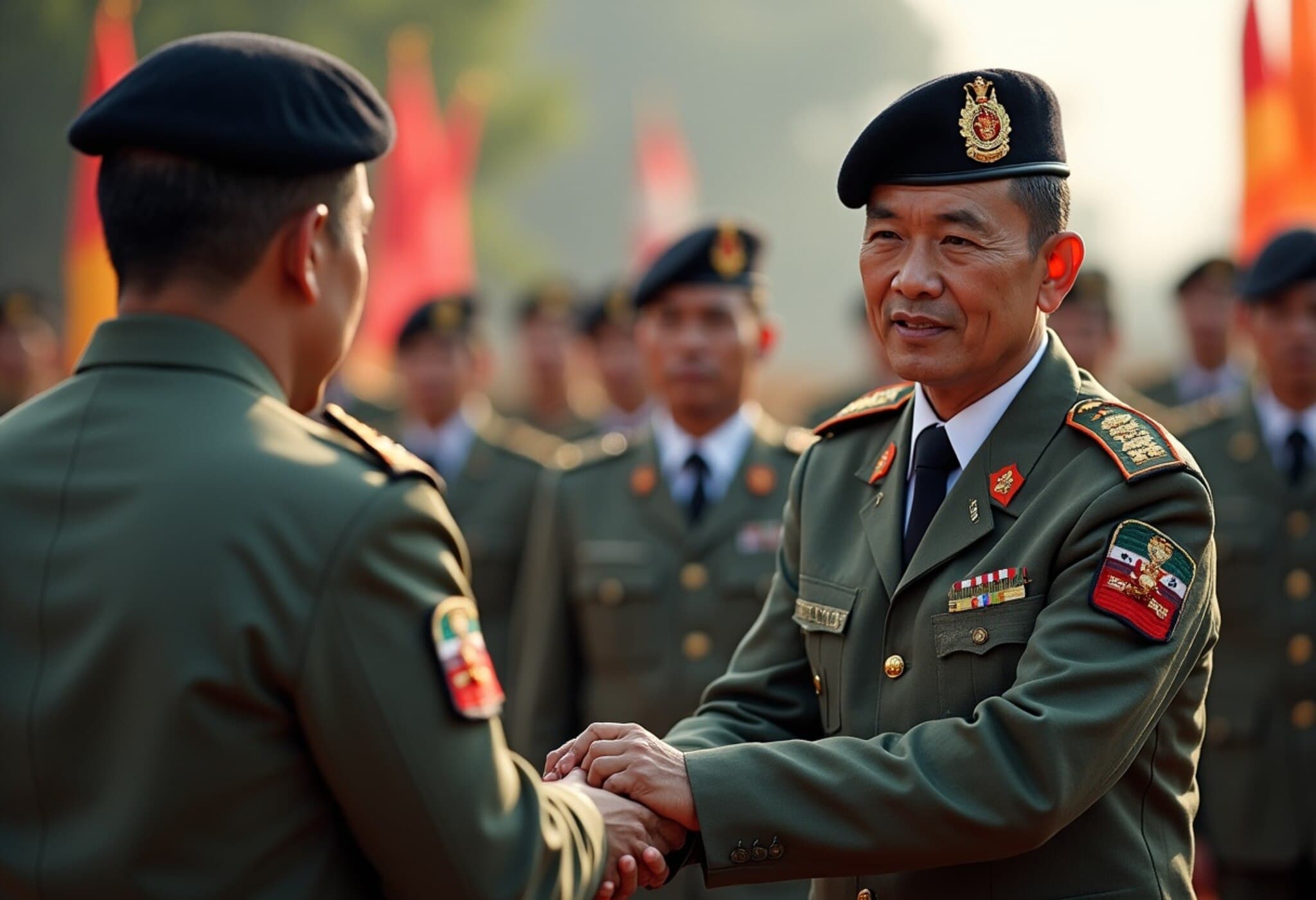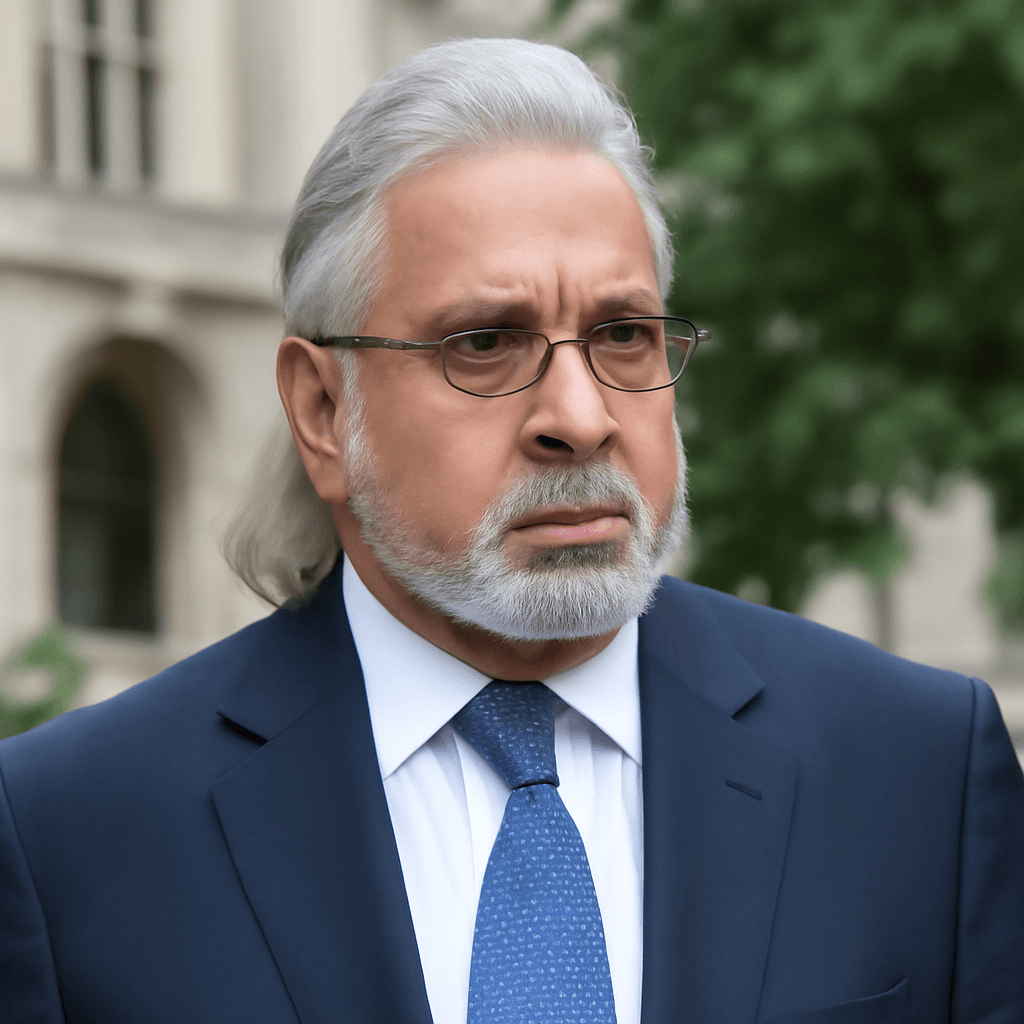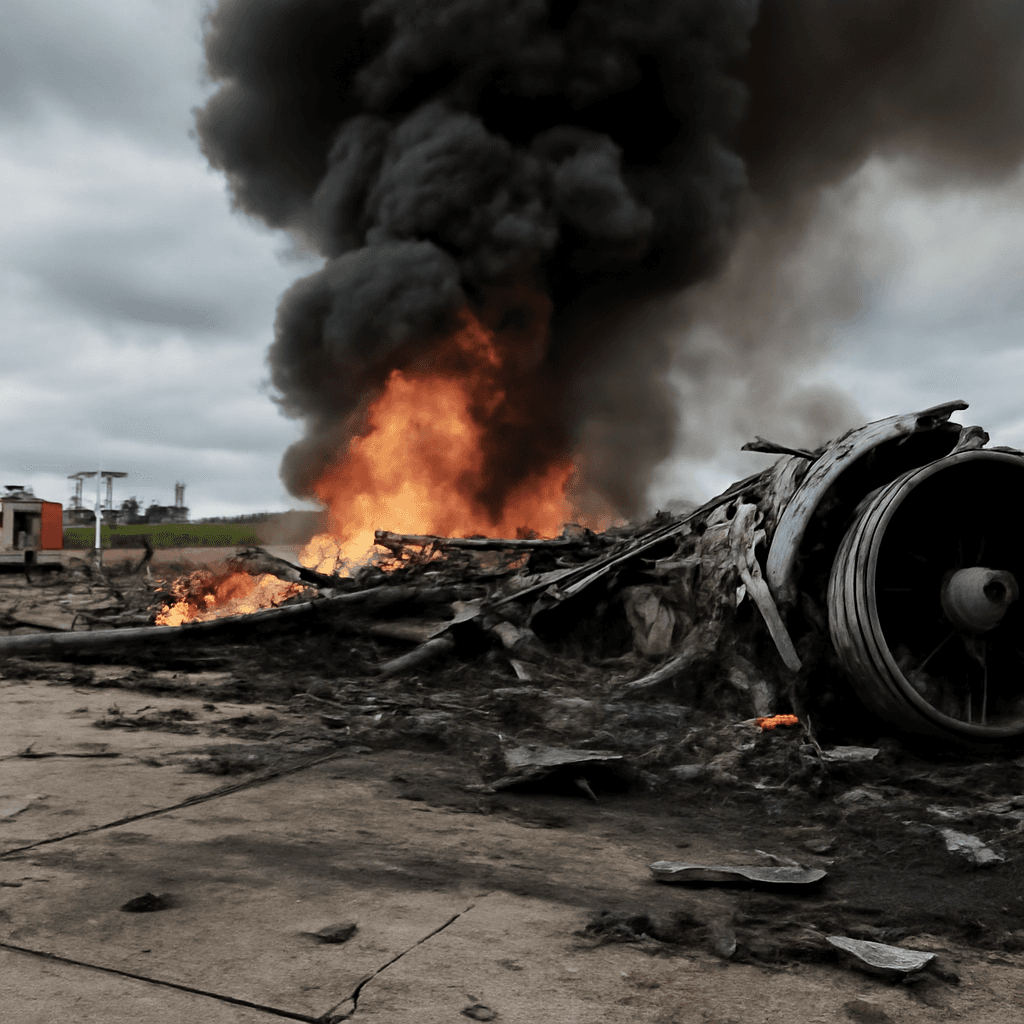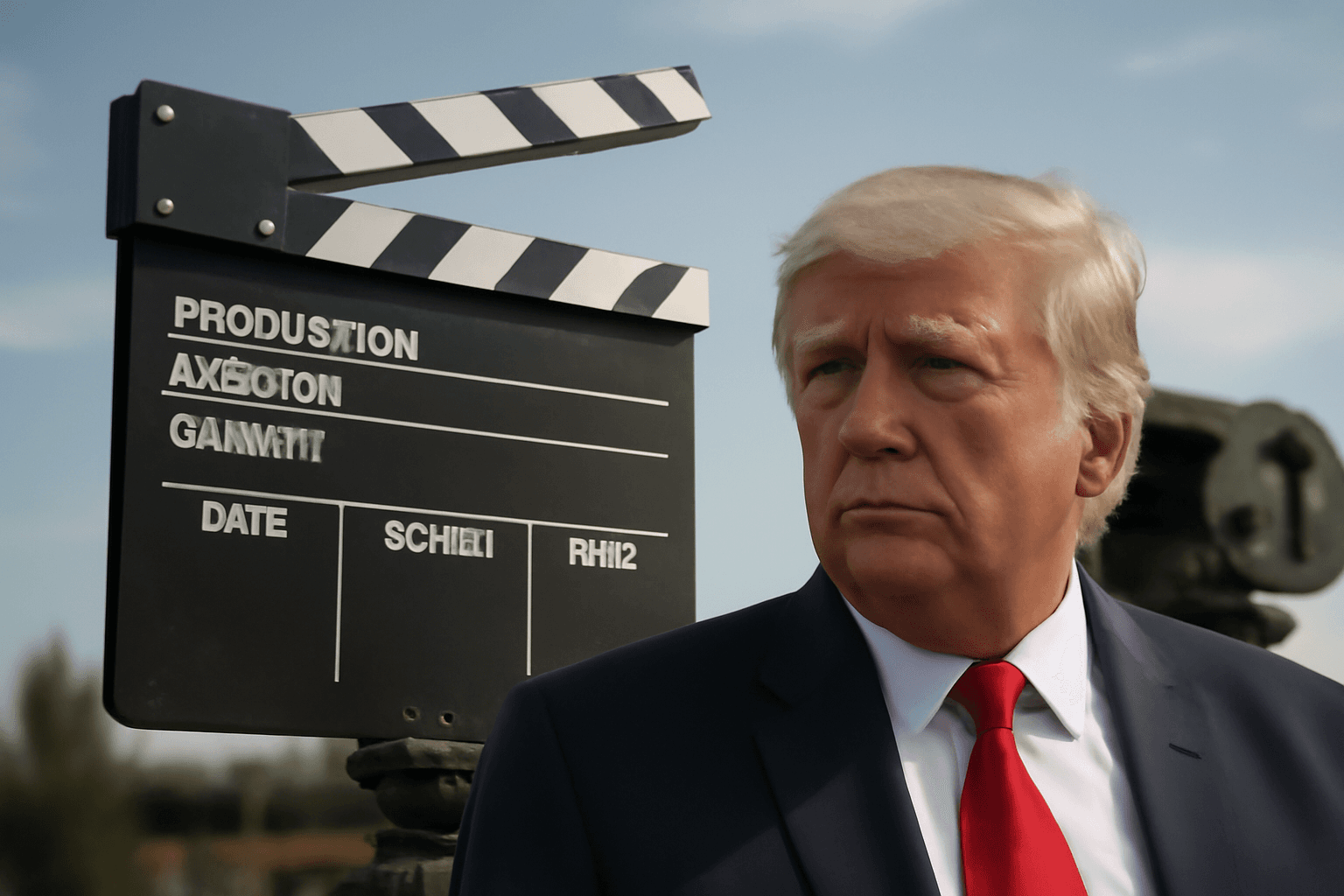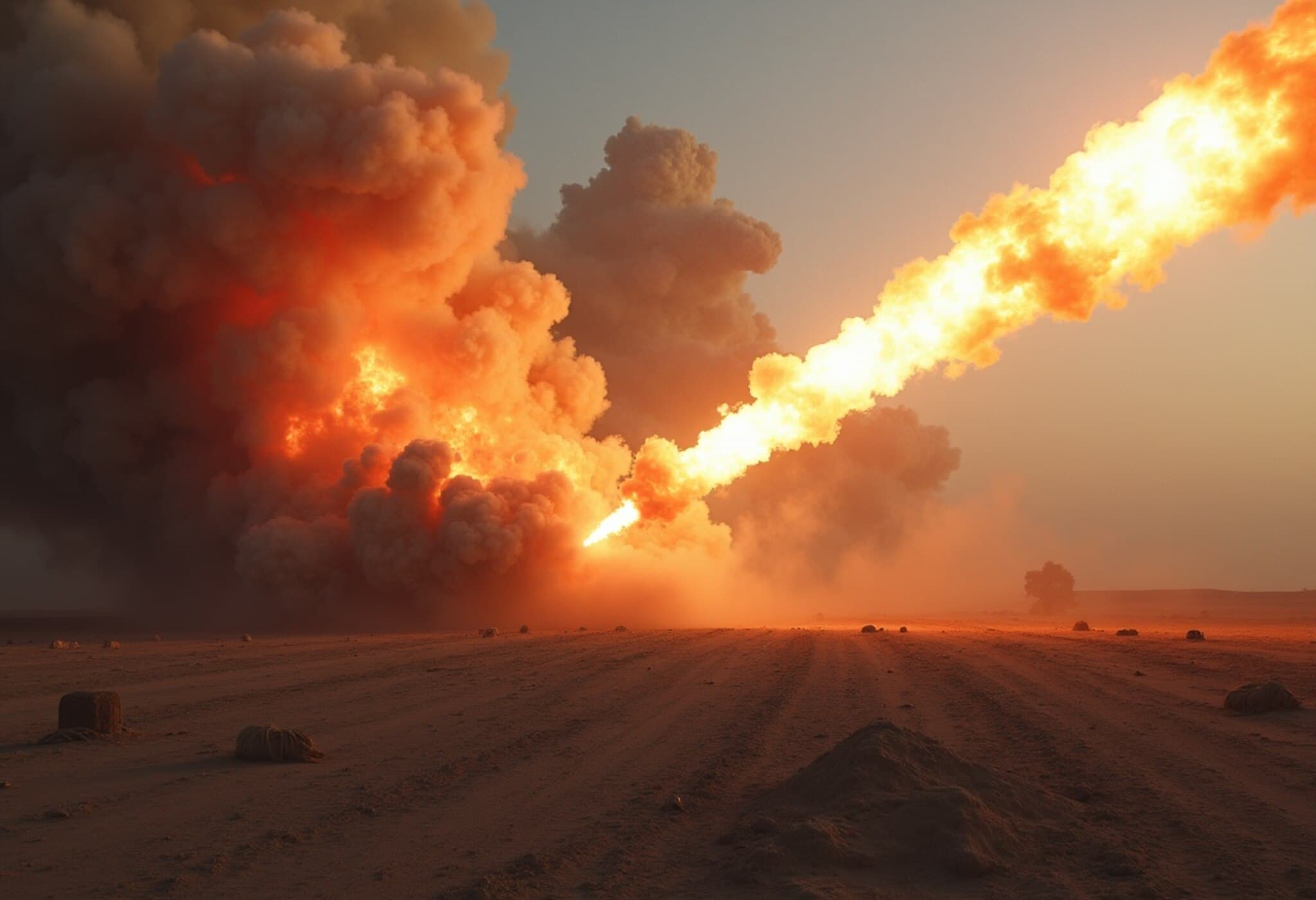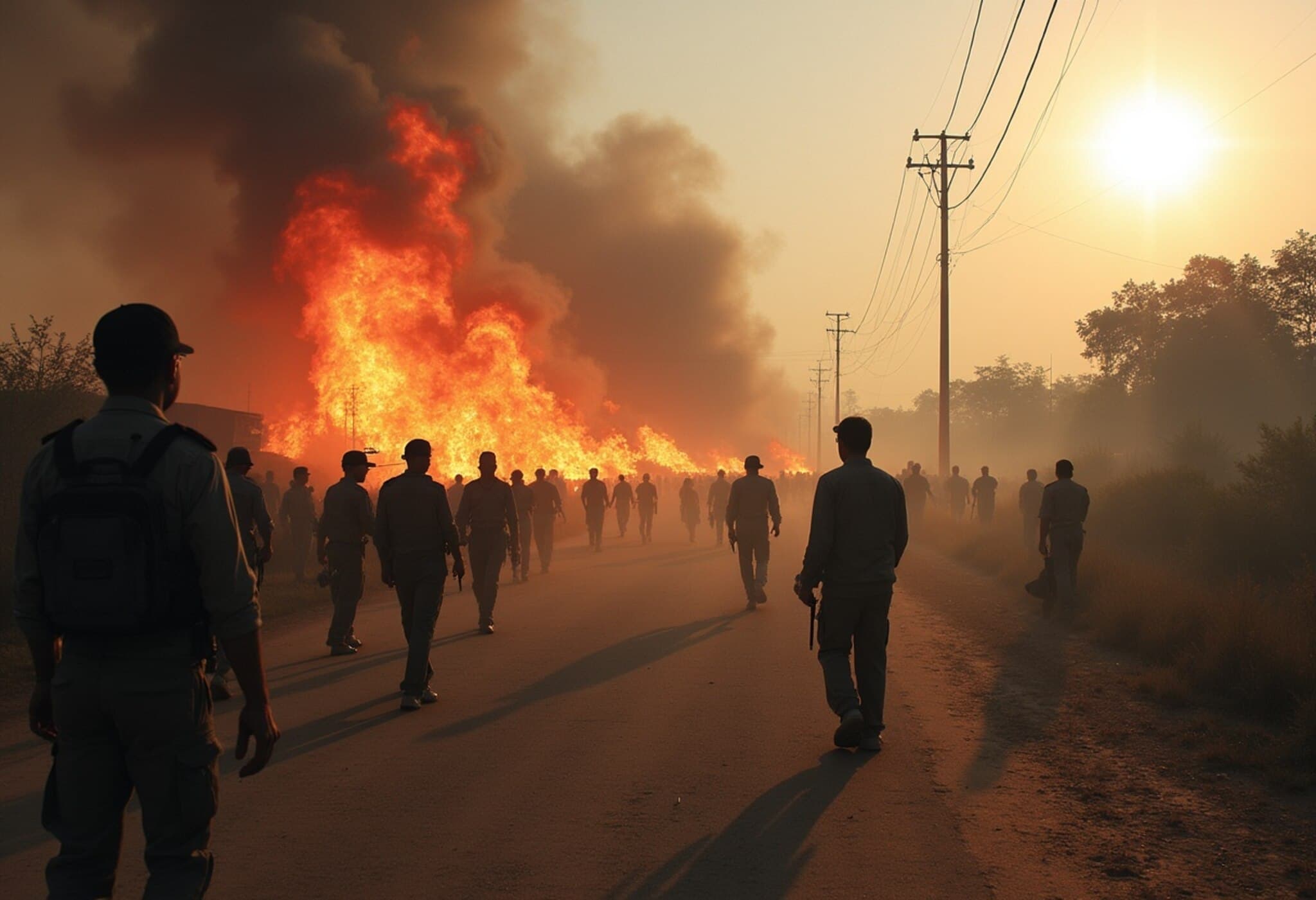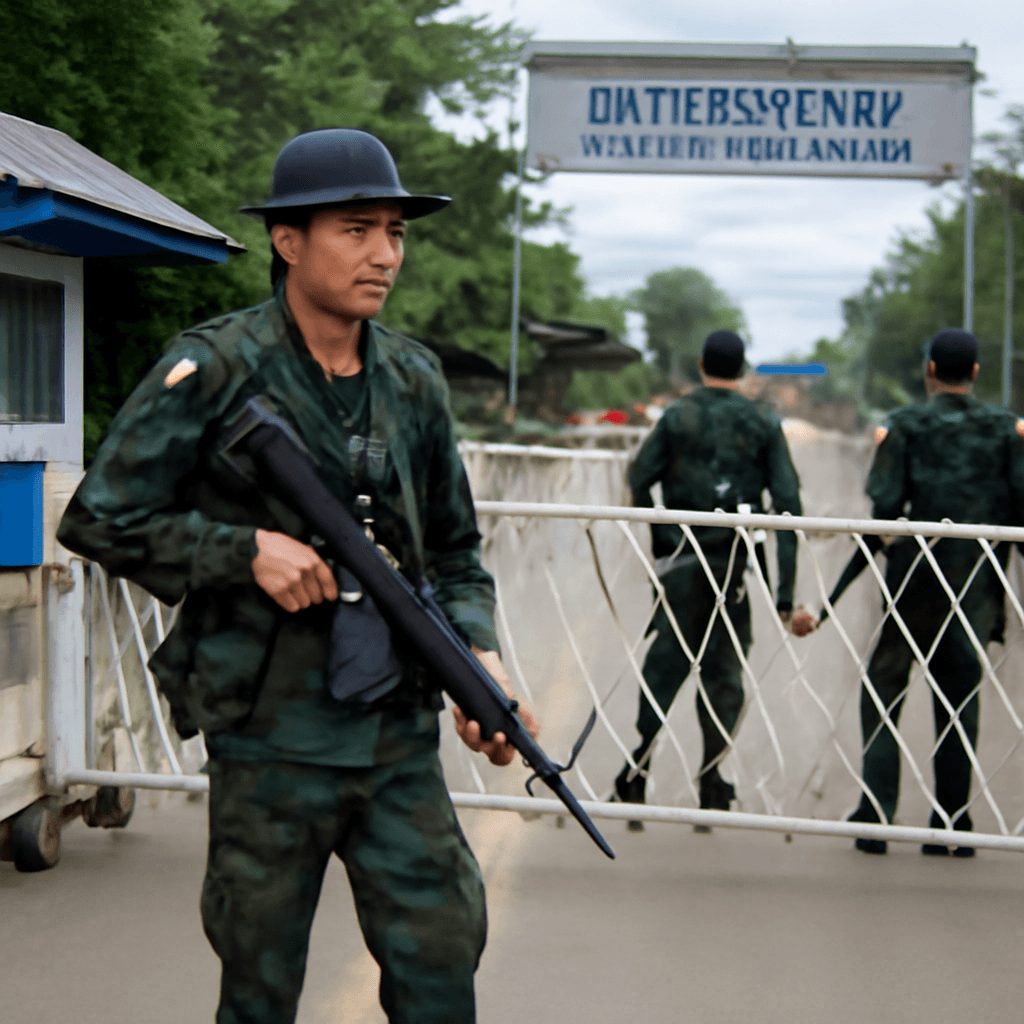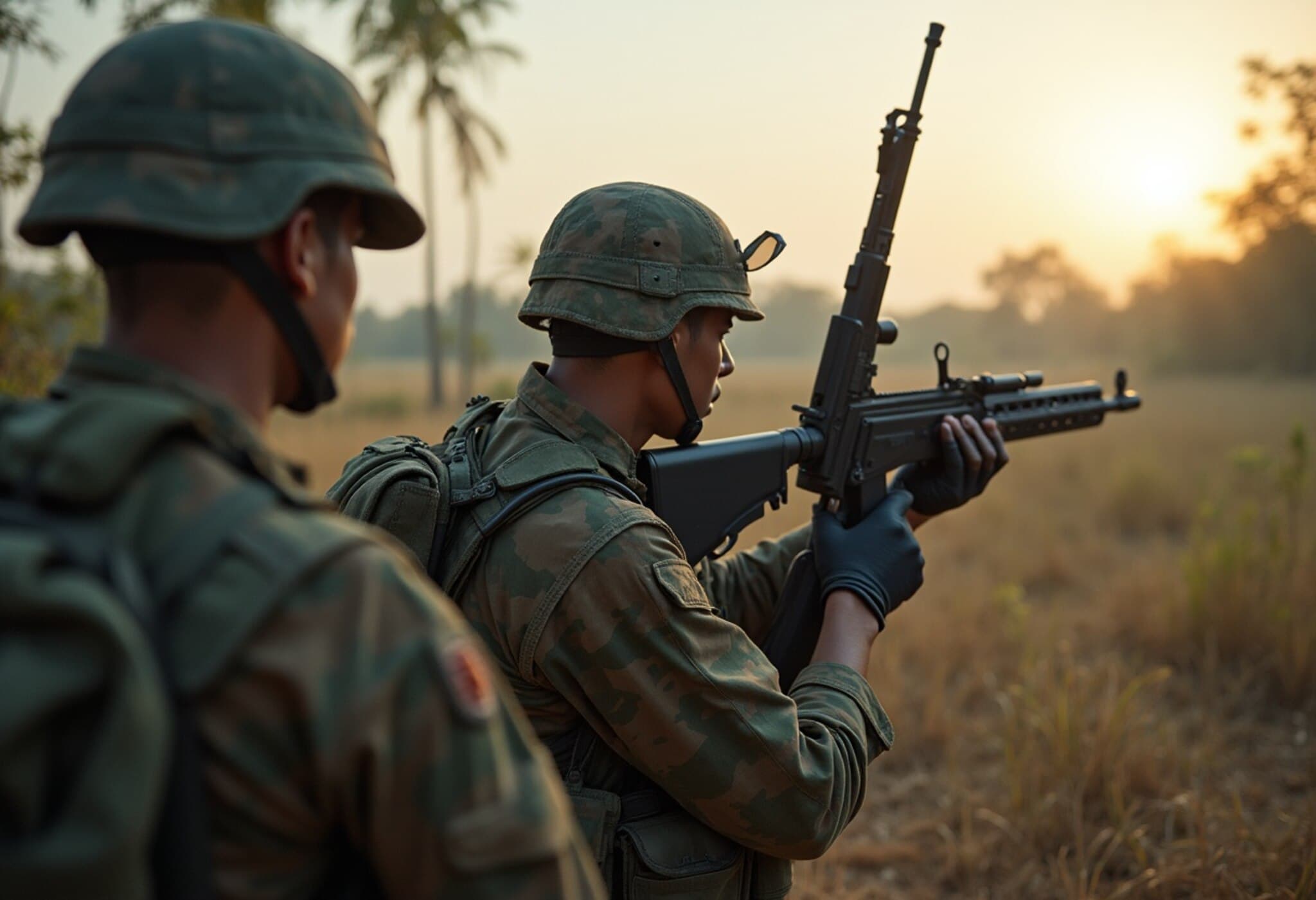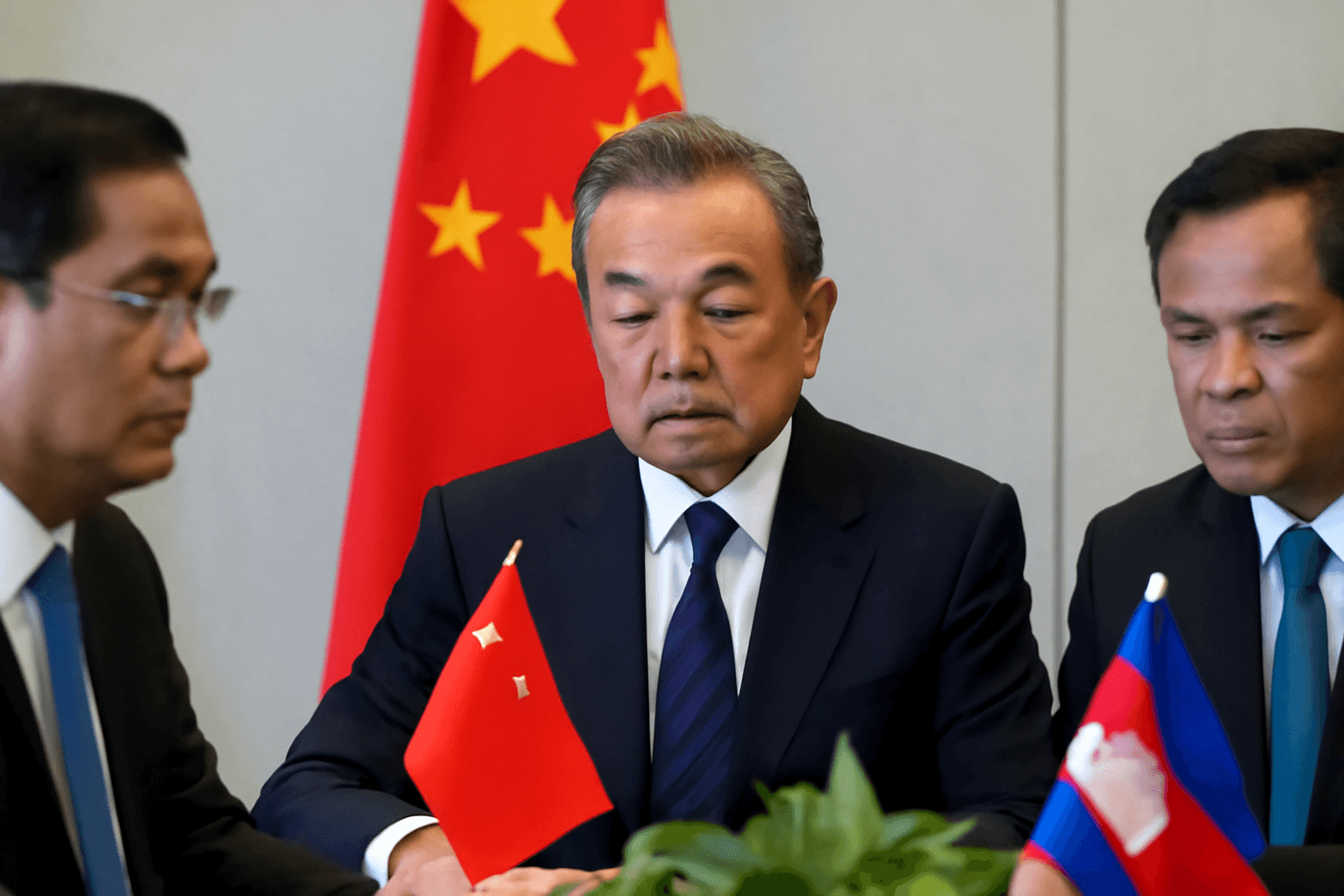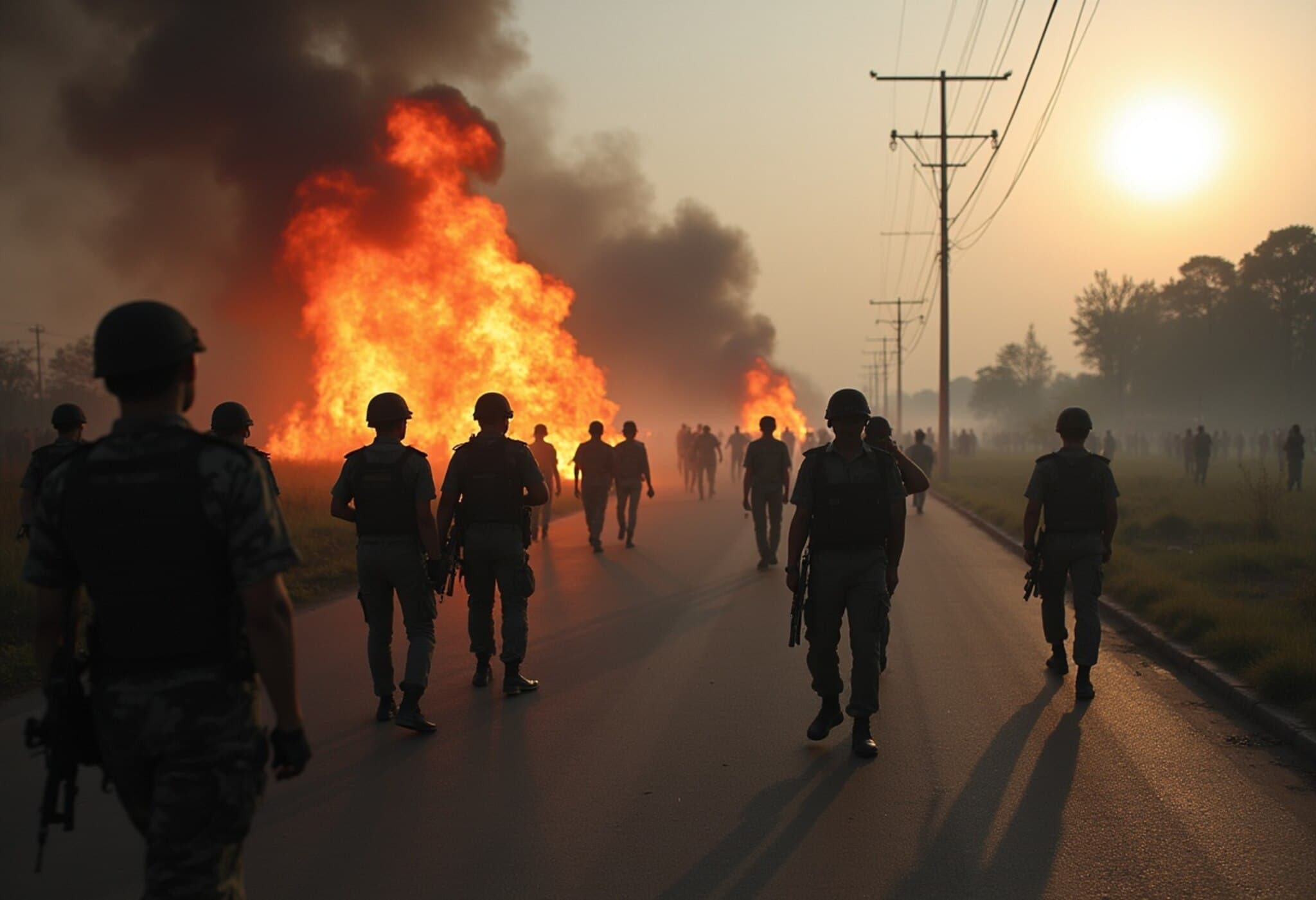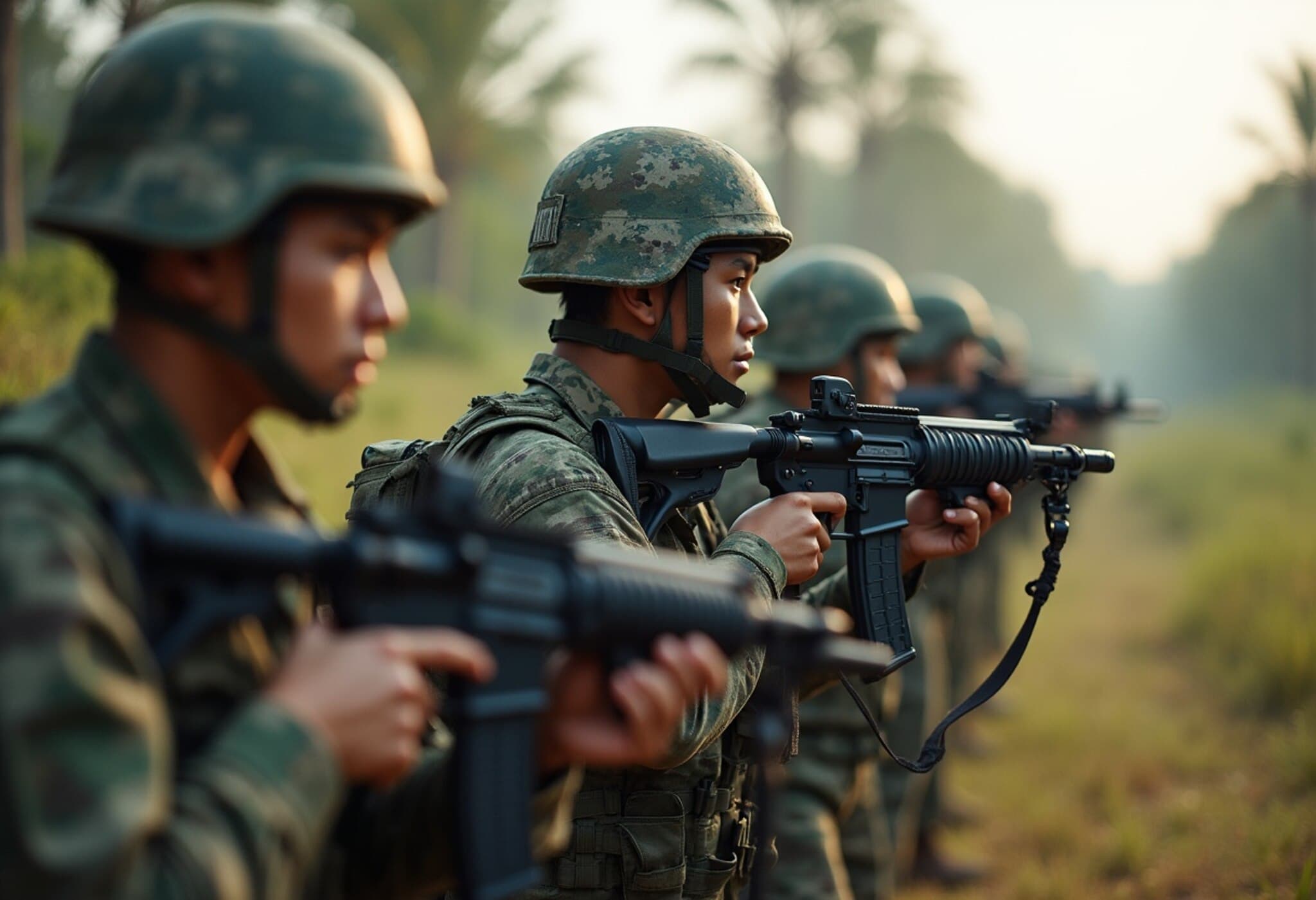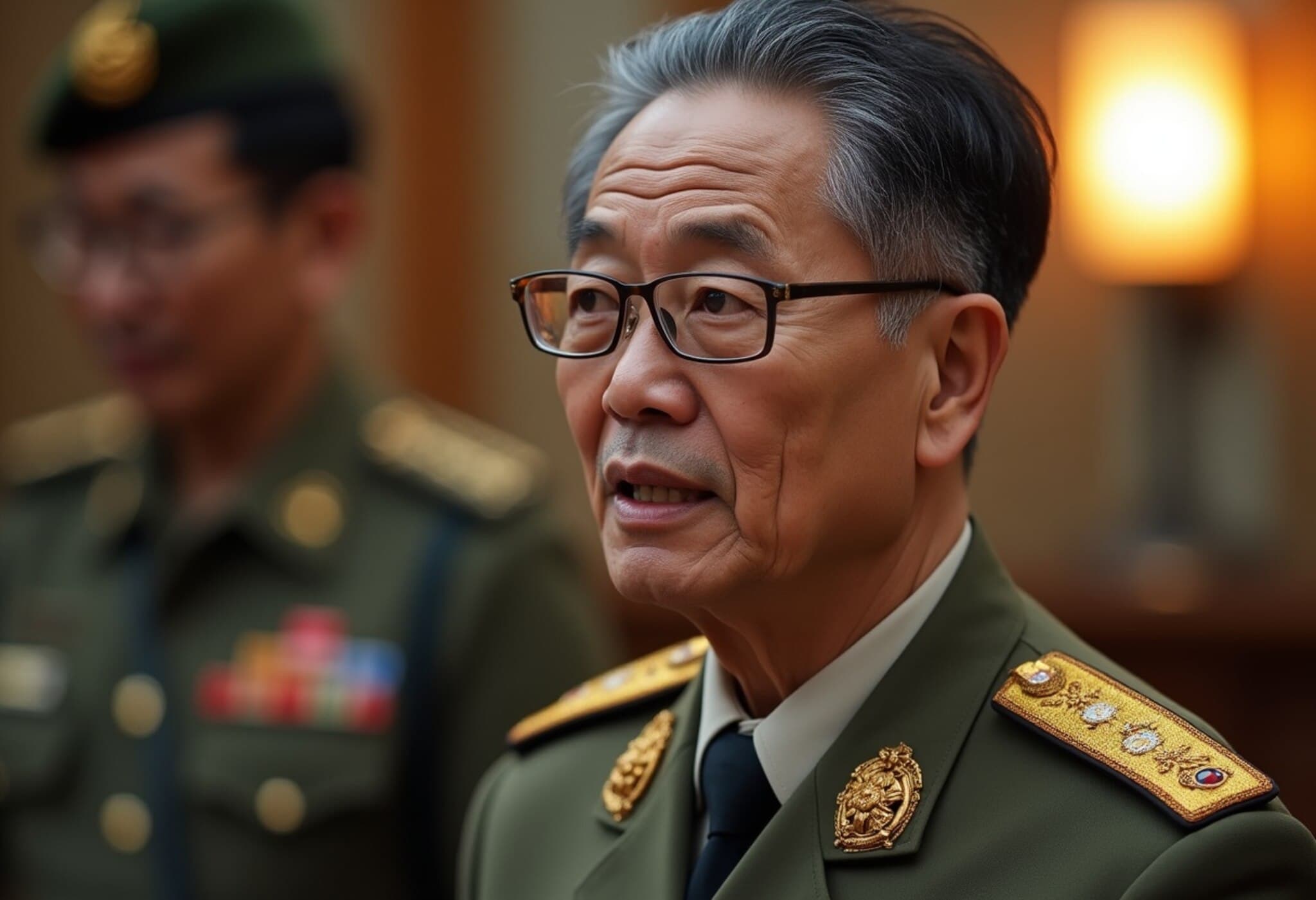Thailand and Cambodia Endorse ASEAN Observers for Ceasefire Monitoring
In a significant step toward easing longstanding border tensions, Thailand and Cambodia have mutually agreed to allow the Association of Southeast Asian Nations (ASEAN) to oversee the ceasefire between their countries. This development was confirmed by Thailand's Acting Minister of Defence, Nattaphon Narkphanit, following a diplomatic meeting held in Kuala Lumpur, Malaysia, on August 7, 2025.
Maintaining Open Channels and Bilateral Mechanisms
Beyond ASEAN’s observer role, both nations emphasized the importance of sustained communication and utilizing bilateral mechanisms to manage disputes effectively. According to Minister Narkphanit, these measures would help cultivate trust and reduce the risk of flare-ups along their shared border.
The two defense delegations, headed respectively by Thailand and Cambodia’s defense ministers, convened under Malaysian mediation. The meeting was part of ongoing efforts within ASEAN to foster peace and stability in the region, particularly addressing historical border disagreements that have occasionally escalated into armed clashes.
Contextual Insights: Why ASEAN’s Role Matters
This agreement represents more than just a procedural update; it underscores ASEAN’s growing credibility as a regional peace broker. Historically, border disputes between Thailand and Cambodia—especially around the Preah Vihear temple area—have been deeply complex, intertwined with national pride and regional geopolitics.
Expert analysts point out that ASEAN’s observer involvement could serve as a neutral third party capable of reducing miscommunications that often lead to conflicts. Moreover, the decision to sustain bilateral communication channels aligns with international best practices in conflict resolution, emphasizing dialogue over confrontation.
Underreported Perspectives and Future Challenges
- Community Impact: Border communities on both sides have borne the brunt of these tensions, often suffering displacement and economic setbacks. Effective ceasefire monitoring could improve their security and livelihoods.
- Legal Complexities: While ASEAN observers bring diplomatic heft, the underlying legal questions over territory remain unresolved, requiring continued dialogue and possible international arbitration.
- Geopolitical Ramifications: The ceasefire is also relevant as Southeast Asia navigates shifting alliances and external influences from major powers, highlighting ASEAN’s central role in regional stability.
Looking Ahead: A Model for Regional Stability?
Thailand and Cambodia’s embrace of ASEAN observers and bilateral dialogue mechanisms may set a precedent for other regional conflicts. It showcases the potential of regional organizations in conflict de-escalation without direct international intervention.
However, the success of this approach depends on consistent political will and transparent implementation. Observers will need unfettered access and real authority to verify ceasefires, while both sides must commit to diplomacy even in the face of provocations.
Editor’s Note
The agreement between Thailand and Cambodia to involve ASEAN observers reflects a promising but delicate chapter in Southeast Asian diplomacy. While this move fosters hope for lasting peace, it also raises critical questions about how regional organizations can balance sovereignty sensitivities with effective conflict resolution. Ultimately, the local communities caught in the crossfire stand to gain the most—if the ceasefire holds firmly and dialogue deepens.
As we watch ASEAN’s evolving role, the hope is that courage in diplomacy, transparency in monitoring, and commitment to peace prevail over historical grievances and political pressures.

